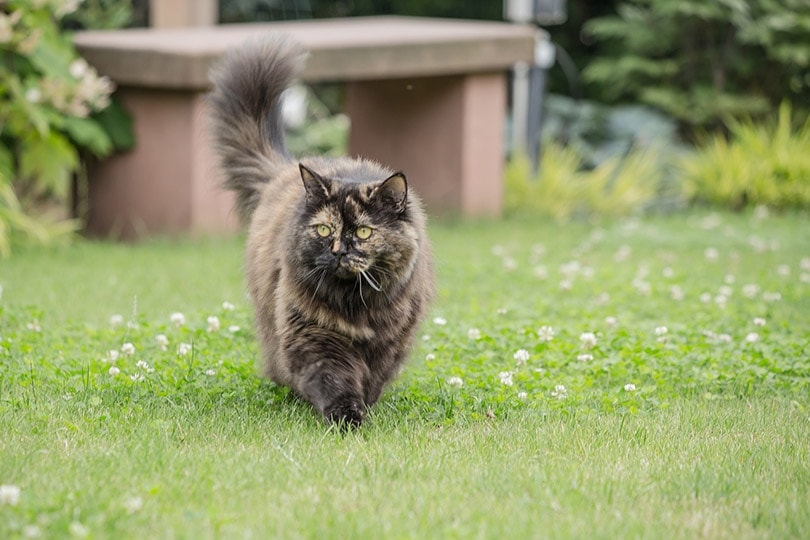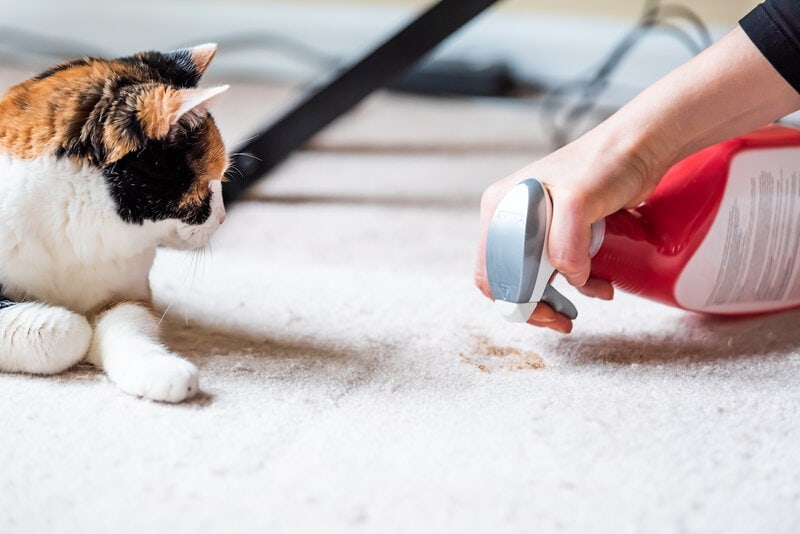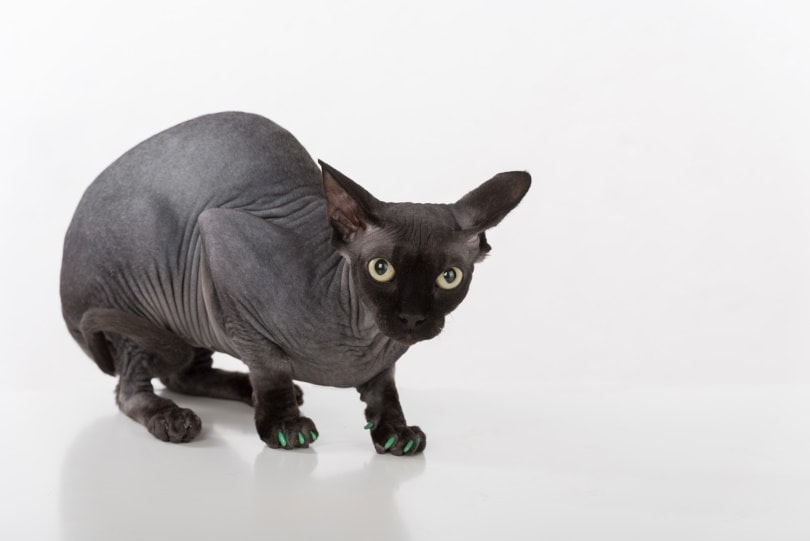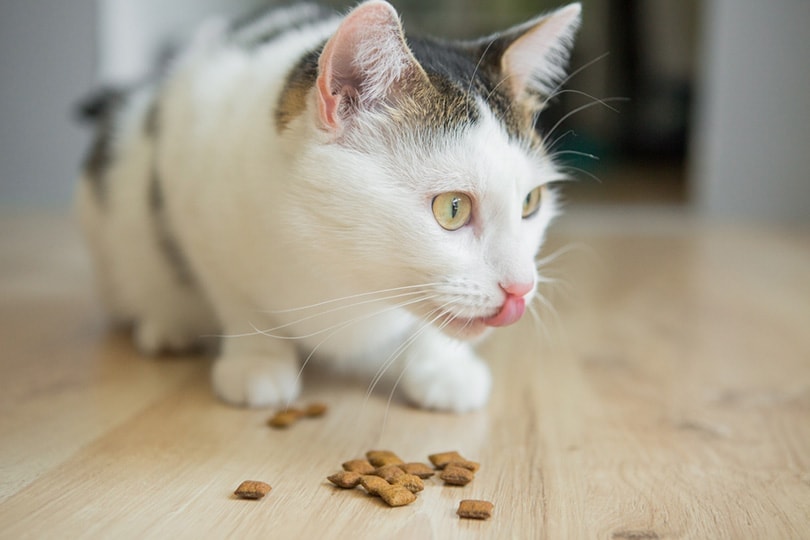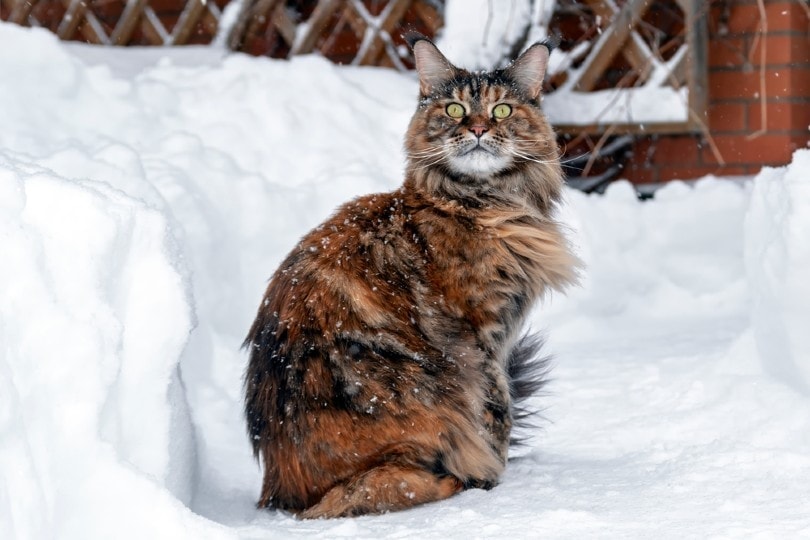Stray cats or neighborhood cats can be a very welcome surprise sometimes, but other times? Not so much. If you have an issue with strays or strange cats coming into your yard, you might want to ward them off. Luckily, you can do so in a humane but efficient fashion.
We went ahead and compiled some information on what might draw a cat in—and how to keep them out when you don’t want the company. Let’s take a look at these ideas.
The 6 Ways to Keep Cats Out of Your Yard
It isn’t as hard to warn off unwanted cats as you might think. Here are a few ideas to keep your yard feline-free:
1. Put Out Certain Smells They Dislike
Cats are naturally deterred by certain scents.
- Citrus Scents – Citrus smells are extremely refreshing to us humans, but you must remember—a cat’s sense of smell is much stronger than a human. So, to a cat, citrus fruits like oranges, lemons, limes, clementines, and tangerines are a big no thanks. You can save your own scraps to sprinkle around the perimeter of your yard—or you can use premade citrus sprays.
- Cayenne Pepper – Some of you likely wouldn’t blame a feline for wanting nothing to do with cayenne pepper. If you want to keep them out by choice, sprinkle some cayenne pepper powder around. Because peppers contain capsaicin, it automatically repels a traveling cat.
- Banana – It might surprise you to know that banana is yet another undesirable fruit cats would rather avoid. Not only is the internet full of cats who are terrified of the look of a banana, they also hate the chemicals produced by the peel.
- Coffee Grounds – Again, because of your cat’s heightened olfactory senses, they dislike the very aromatic smell of coffee. Luckily, coffee grounds work wonders as a natural fertilizer for gardens and flowerbeds. So, sprinkle generously.

2. Use Essential Oils or Herbs
Cats really could do without certain herbs. Especially if you have a garden area to protect, planting a series of herbs or dropping an essential oil mixture around the yard can make any approaching feline change its mind.
- Lavender
- Rosemary
- Pennyroyal
- Lemon thyme
- Rue
You do have to be careful here—some essential oils are very toxic to pets, as they are highly concentrated. To use them, you should always dilute them as much as possible. As much as you don’t want the stray in your begonias, you don’t want to harm them either.
- Wintergreen
- Sweet birch
- Citrus oil
- Ylang ylang
- Pine oil
- Clove
- Eucalyptus
The biggest issue with essential oils is that they are highly concentrated. So, while small trace amounts likely won’t hurt your kitty much, oil absorbed directly into the body can have dire consequences.

3. Block Any Hideaway or Shelter
If a cat can find safe refuge in your yard, they will want to use it as such. That means you might have to stake out or set out a camera to see all the sweet spots they visit in your yard. Once you close off little hideouts, they will likely find shelter elsewhere—not in your yard.
You can find easy and inexpensive options to block off certain areas—or you can turn it into a miniature renovation. Sites like Pinterest serve up plenty of inspiration, creating solutions for all your feline woes.
4. Use Ultrasonic Pet Repellents
You might not have heard of ultrasonic pet repellers. There are tons of options on the market that are ever-expanding. The best thing about this option is that there is often a product for every budget, making it a choice for most families and situations.
Using the power of sensory enhancement, these repellers emit erratic light or high-frequency sounds that most animals, including cats, despise.
This is a really terrific alternative to sprinkling potentially harmful chemicals or compounds—and it takes care of more wildlife, so you don’t have to worry about any other intruders either. It can be a very smart investment in the right circumstances.
You can find ultrasonic animal repellers in specific home improvement stores and online.
5. Set a Motion-Activated Sprinkler
We all know how much cats absolutely loathe being wet. What better to keep them away than motion-activated sprinklers? This can be a great tactic to not only get rid of cats, but other nighttime pests as well.
And think of it this way—if you have a flowerbed, vegetable garden, or thirsty lawn, it’s an excellent way to give your plants a little H20.

6. Use Commercial Cat Repellent
Luckily, pet companies make 100% cat-safe products that keep them away without any harm coming to them. You can typically buy them in sprays or pellets, and they do vary in formulas.
Some repellents contain certain chemicals that can be unsafe for plants, children, and other pets. So, make sure you are buying a product according to your needs, so everyone stays safe.
You can search for products at local shops or online for options. We recommend getting them from pet-friendly sites like Chewy to ensure they are pet-safe.
7. Put Up Fencing
If you’re really trying hard to keep out cats, a barrier might be the best way to get it done. Granted, not everyone has several hundred dollars to install a fence, so this will only work if it is currently in your budget.
Luckily, many low-cost options exist, such as creating a fence out of pallet boards. Or, you could take this as an opportunity to update the outside of your home like you’ve been meaning to.
No matter what option works for you, you can make well-secured fences that keep your yard safe. Remember that cats can jump quite high—upwards of five feet. So, you have to make sure you consider this when building.
In some cases, it might work better to take chicken wire or hardwire cloth to surround your sensitive plants or flowers.
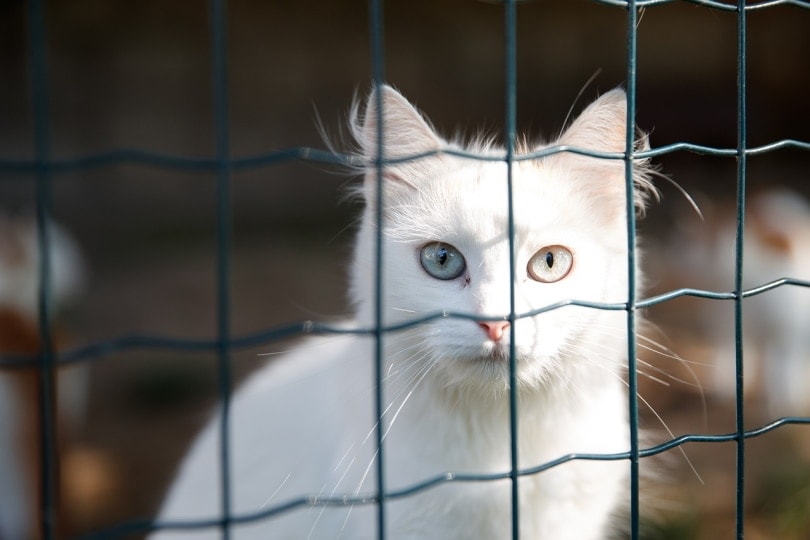
Why Do Cats Come Into Your Yard?
Cats can come into your yard for a variety of reasons. Identifying what makes your yard so desirable is the first step toward remedying the issue. Here are a few things that can draw in the neighborhood toms.
Food
If a stray has access to a food source, you can bet they will revisit. Even if you’re setting out food for your own cat or discarding your scraps in compost—this could draw them in with their impeccable sense of smell.
Remarkably, cats trump our olfactory function by a landslide. Their sense of smell is 14 times better than humans. Even if you’re cooking up a batch of bacon or hamburgers on the backyard grill, those tantalizing smells can really travel.
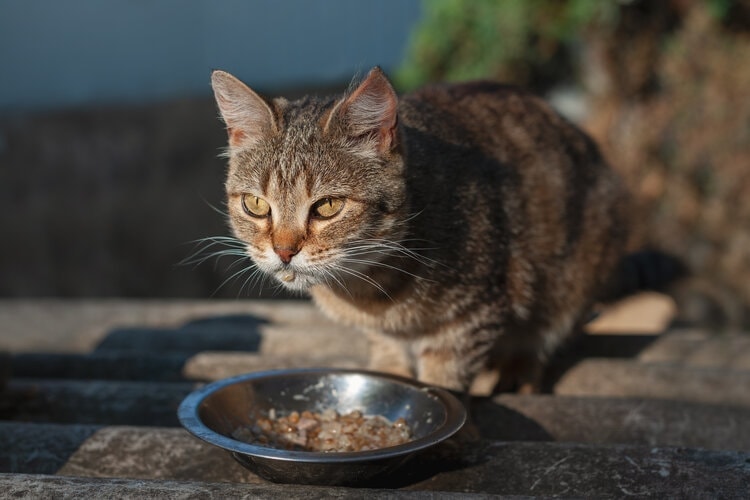
Cat Pheromones
If you have another cat, especially if they are unaltered, it can draw in others to join the backyard party. To avoid spraying, unwanted pregnancy, and potential disease transfer, spay or neuter your cat as soon as possible.
Warmth or Shelter
If you have a pretty accessible warm or safe spot at your home, such as under a deck or inside of a garage, it can really call in the strays and passersby. You can’t really blame them—especially if your area is having frequent low temperatures or inclement weather.
Ideal Potty Spots
If you have dug soil or desirable mulch in flowerpots, raised flowerbeds, or gardens around your yard, they might rely on your yard to take care of business. Another draw to this reason is that they might smell other cats who have the same idea—and they want to assert their territory.
Final Thoughts
Even though kitties are the best, sometimes they are uninvited guests that can wreak havoc on your home. Or maybe they’re just being pests, and you’d prefer to go without the extra company or delightful poop bombs in your flower gardens.
If you notice a lot of strays hanging out, don’t be afraid to reach out to a shelter or rescue for additional tips, resources, and options. They might very well aid in taking care of a stray kitty on the run.
Featured Image Credit: Kerstin Kaufmann, Pixabay
